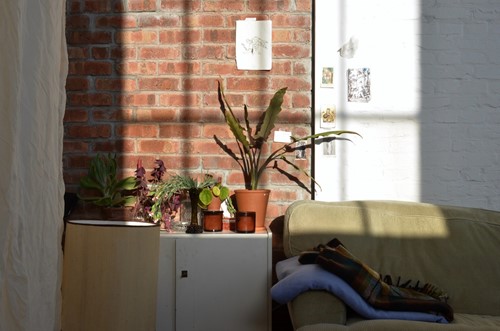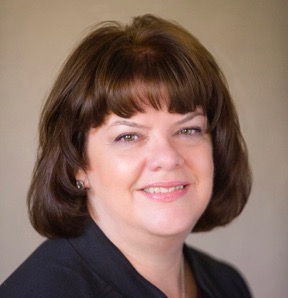
If you're purchasing a new construction, consider the benefits of a passive solar home. Unlike simple solar panels that attach to your roof, architects design passive solar homes from the ground up, taking into consideration such elements as building site, position and materials. True passive solar homes collect heat throughout the day and store it to provide comfort throughout the night. They're attractive, cozy, and they're highly energy efficient.
Passive solar homes are environmentally friendly alternatives for new homeowners who want to save generous dollars on the costs of home heating and cooling.
To be a truly passive solar home, your new construction needs six important elements, including:
An Aperture
A Distribution System
An Energy Absorber
Thermal Mass
A Collection Control
Sunshine
South-facing windows provide the opening, or aperture, for summer and winter sun to enter your home. Control elements such as roof overhangs, awnings or blinds limit the amount of sun that's able to enter. Inside your home, features such as dark-colored masonry walls or floors collect heat and transfer it to your home's thermal mass. A distribution system then distributes the collected heat throughout your space.
A properly designed passive solar home allows just enough light to enter to heat your home without overheating it. At night, when temperatures drop, the heat-collecting surfaces inside your home emit enough warmth to keep your family comfortable.
The most obvious benefits of passive solar designs are that they're eco-friendly, even more so when builders use green materials during construction. Additionally, this type of structure can save homeowners thousands of dollars annually on heating and cooling costs. Some other advantages include:
Passive solar homes feature an abundance of natural light.
The style boasts a modern, upscale appearance.
These homes maintain stable temperatures year-round, meaning they're always comfortable.
If you build a passive solar home, you'll marvel at how well it functions and how much money it saves you throughout your lifetime. These homes are adaptable to fit a range of architectural styles, and they have a low-impact on the planet.
While a well-built passive solar home will function exceptionally well, one that's poorly designed or implemented will be just as uncomfortable. It takes a great deal of knowledge to design a solar home that does what it's supposed to do. This means contracting with an architect who's experienced in solar design, which could be a costly option.
Next, consider how the land around your new home could function in the future. If tall buildings go up, they could block your south-facing access to the sun. Tall trees could do the same. No sun means no heat for your home. For this reason, many people choose secluded, off-grid locations to construct passive solar homes.
Lastly, an abundance of natural light entering your home feels open and inviting, but it may also cause carpets and furniture to fade prematurely.
If you're ready to build your dream house on your dream lot, a passive solar home could be a viable and sustainable option.

Hello! I'm Barb Jones, Realtor
There are many choices when choosing a Realtor to work with when Selling or Buying a home. Generally, it is one of the greatest investments of your lifetime, so it's an important decision. I provide my clients with one-on-one top notch personalized service to bring them success in their Real Estate transaction(s). My strong skillset includes Negotiations, Attention to Detail, Great Communication, Marketing and guiding you every step of the way. I am also skilled at keeping your stress to a minimum and I have a large list of resources to recommend when needed. I invite you to schedule a consultation with me to discuss your situation and we can discuss a plan to meet your needs. (No obligation.)
Top producing Realtor . . .
Century 21 Masters Award Recipient, Century 21 Quality Service Award winner year after year (based on Client Surveys)
C21 C & O President's club